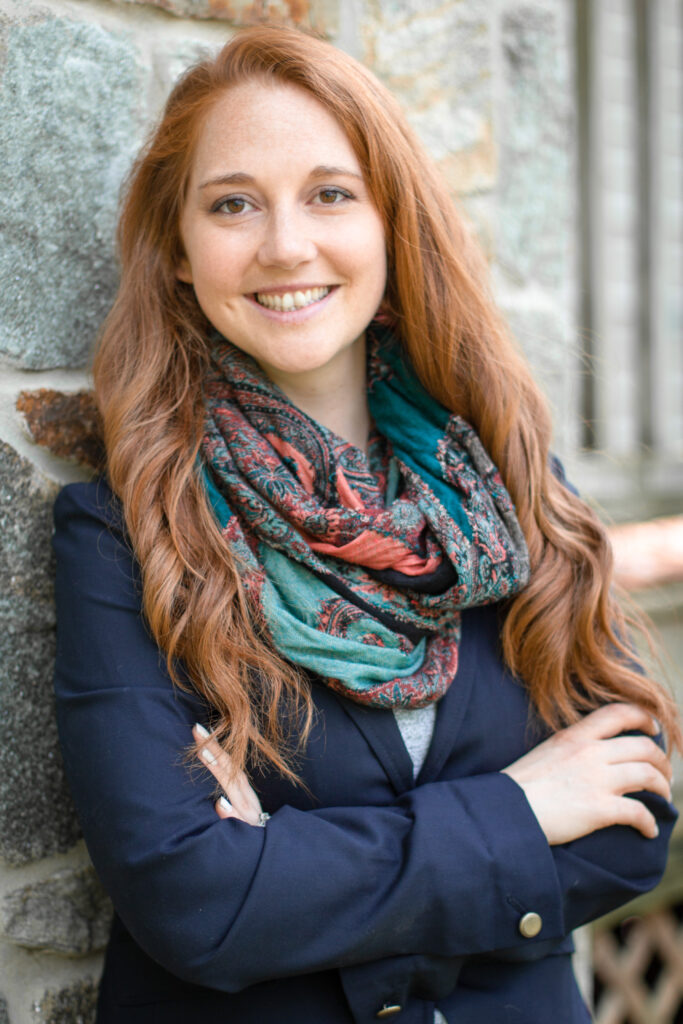
We all go through situations that create problems in our life that we have to work through. Some of those situations make us think more and others make us behave differently. It’s important for kids, and the adults in their life, to begin to learn the connection between thoughts, feelings, and actions.
Defining Thoughts, Feelings & Actions
Thoughts: These are the things that run through your head. We all have thoughts coming and going all day long. Each situation leads us to think many different thoughts – sometimes they’re thoughts about ourselves, sometimes they’re about others, and sometimes they are about the situation.
Feelings: There are so many different feelings that you could feel in any given moment. They often come and go, and sometimes they are really hard to deal with. Some feelings you may feel could be: happy, sad, angry, or worried.
Actions: These are the things that you do, they are our behaviors. This is how we react to a situation on the outside for everyone to see.
The Thoughts, Feelings, Actions Connection:
Example:
Let’s look at a situation that maybe you’ve experienced. Maybe someone said something mean to you at school. So maybe this led your thought to be “that must be true – I am ___”, which then led you to feel “sad and hurt”, which then led you act in a way that you lashed out at your friends and family.
It’s important to look at:
- What happened?
- What was going through my mind? (Thought)
- How did it make me feel? (Feelings)
- How did I behave? (Action)
As parents, this gives insight into why your child acted the way that they did. Misbehaving isn’t always about manipulation, control or poor behaviors; it’s often that children don’t have the words to express their negative self-talk or their intense feelings, so we see it in their behaviors. By teaching your child this model and giving them the opportunity to break down their thoughts, feelings and behaviors we give them the ability to verbalize their thoughts and feelings before we see destructive behaviors. It also gives parents the opportunity to follow up with their children after a distressing situation and provide them with the space to process how things may have gone differently.
If you or your child could use some support in figuring out their own thoughts, feelings, actions connection, reach out to a trusted counselor who could help you explore this concept and help you develop healthy tools to manage your symptoms.

Thank you for this. My middle child has strong reactions and I’m learning to help him with it.
We’re so glad you found this helpful!